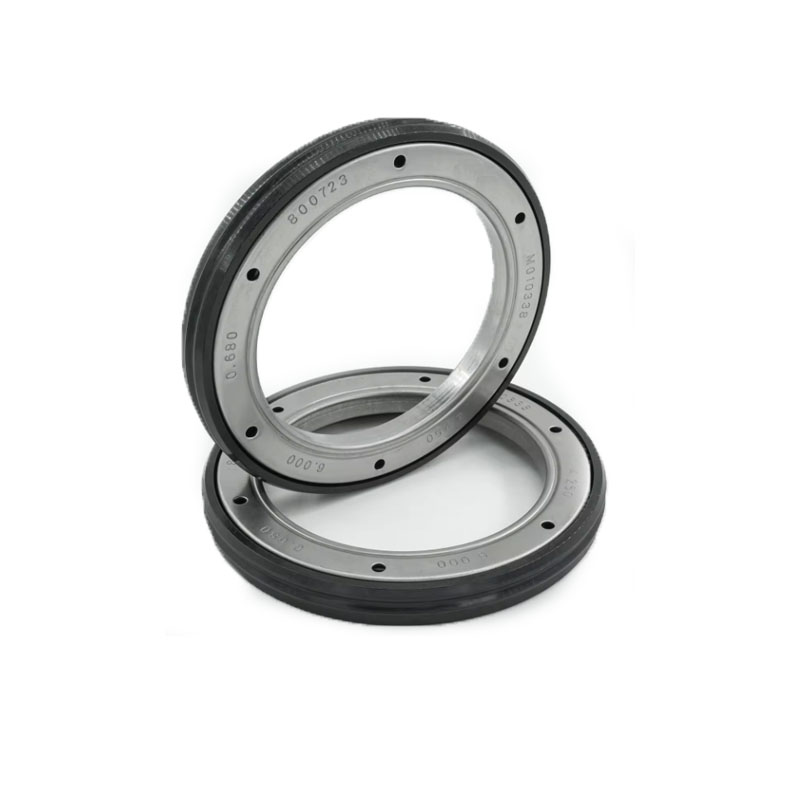Exploring the Importance of Gearbox Seals in Mechanical Performance and Longevity
Understanding Gearbox Seals Importance, Types, and Maintenance
Gearbox seals are essential components in the machinery that play a pivotal role in ensuring the smooth operation of gear systems. A gearbox, which is a device that transmits mechanical power between shafts using gears, relies heavily on seals to maintain efficiency and functionality. In this article, we will explore the importance of gearbox seals, the various types available, and best practices for maintenance.
The Importance of Gearbox Seals
The primary function of gearbox seals is to prevent the leakage of lubricants while obstructing contaminants from entering the gearbox. Properly functioning seals help in maintaining the appropriate lubrication levels within the gearbox, which is crucial for minimizing friction and wear between the gears. Without effective seals, lubrication may leak out, leading to increased wear on the gear teeth and ultimately resulting in gearbox failure.
Additionally, seals play a vital role in protecting the internal components from dirt, dust, and other foreign particles. Contaminants can significantly degrade the performance and lifespan of a gearbox, making seals indispensable in preserving the integrity of these systems. Overall, gearbox seals contribute to enhanced operational efficiency, prolonged service life, and reduced maintenance costs.
Types of Gearbox Seals
There are several types of seals used in gearboxes, each designed for specific applications and environments
1. Lip Seals These are the most common type of seals used in gearboxes. They feature a flexible lip that creates a seal against the shaft. Lip seals are effective in retaining lubricants and preventing contamination, making them suitable for various types of gearboxes.
2. O-Rings Commonly found in static applications, O-rings are circular seals that fit into a groove and create a seal when compressed. They are often used in flanged assemblies within gearboxes and offer excellent resistance to oil and various chemicals.
3. Metal Seals These seals are constructed from robust metallic materials, making them suitable for extreme temperature and pressure conditions. Metal seals are often used in specialized applications where traditional rubber or elastomeric seals might fail.
4. Composite Seals Combining various materials, composite seals are designed to withstand harsh operating conditions. They provide flexibility and adaptability, making them an excellent choice for applications requiring high performance and durability.
gear box seals

5. Gatt Seal Specifically designed for heavy-duty applications, gatt seals enhance the sealing performance at higher speeds and temperatures. They are popular in automotive and industrial gearboxes, providing reliable protection against leakage.
Maintenance of Gearbox Seals
To ensure the longevity of gearbox seals, regular maintenance is crucial. Here are some best practices for maintaining seals
1. Regular Inspections Periodic inspections of gearbox seals can help identify any signs of wear or damage early on. Look for leaks, cracks, or signs of contamination, and address issues promptly.
2. Lubricant Quality Use high-quality lubricants that are compatible with the seal materials. Poor-quality lubricants can degrade seals and lead to premature failure, so always refer to the manufacturer's recommendations.
3. Operating Conditions Monitor the operating conditions of the gearbox. Temperatures and pressures that exceed specified limits can negatively impact seal performance. Adjust operating conditions where possible to ensure the seals function correctly.
4. Replace Worn Seals It’s essential to replace worn or damaged seals immediately. Continuing to operate a gearbox with compromised seals can lead to significant damage and costly repairs.
5. Prevent Contamination Implementing measures to prevent the ingress of contaminants can improve seal longevity. Use dust covers, filtration systems, and maintain clean work environments to protect the seals.
Conclusion
Gearbox seals are integral to the performance and reliability of mechanical power transmission systems. Understanding the importance, types, and maintenance of these seals can significantly impact the efficiency and longevity of gearboxes. By adopting proactive maintenance practices and selecting the right type of seal for specific applications, industries can ensure optimal gearbox performance and reduce downtime, resulting in enhanced productivity and cost savings.
-
Simplifying Oil Changes: A Comprehensive Guide to Oil Drain Plugs and Their Variants
News Aug.04,2025
-
Mastering Oil Drain Maintenance: Solutions for Stripped, Worn, and Upgraded Oil Plugs
News Aug.04,2025
-
Fixing Oil Pan Plug Issues: Leaks, Stripped Nuts, and the Right Replacement Solutions
News Aug.04,2025
-
Everything You Need to Know About Oil Drain Plugs: Sizes, Fixes, and Upgrades
News Aug.04,2025
-
Choosing the Right Oil Drain Plug: A Guide to Sizes, Materials, and Drain Innovations
News Aug.04,2025
-
A Complete Guide to Automotive Drain Plugs: Types, Problems, and Innovative Solutions
News Aug.04,2025
-
The Ultimate Guide to Car Repair Kits: Tools and Essentials Every Driver Should Own
News Aug.01,2025
Products categories















